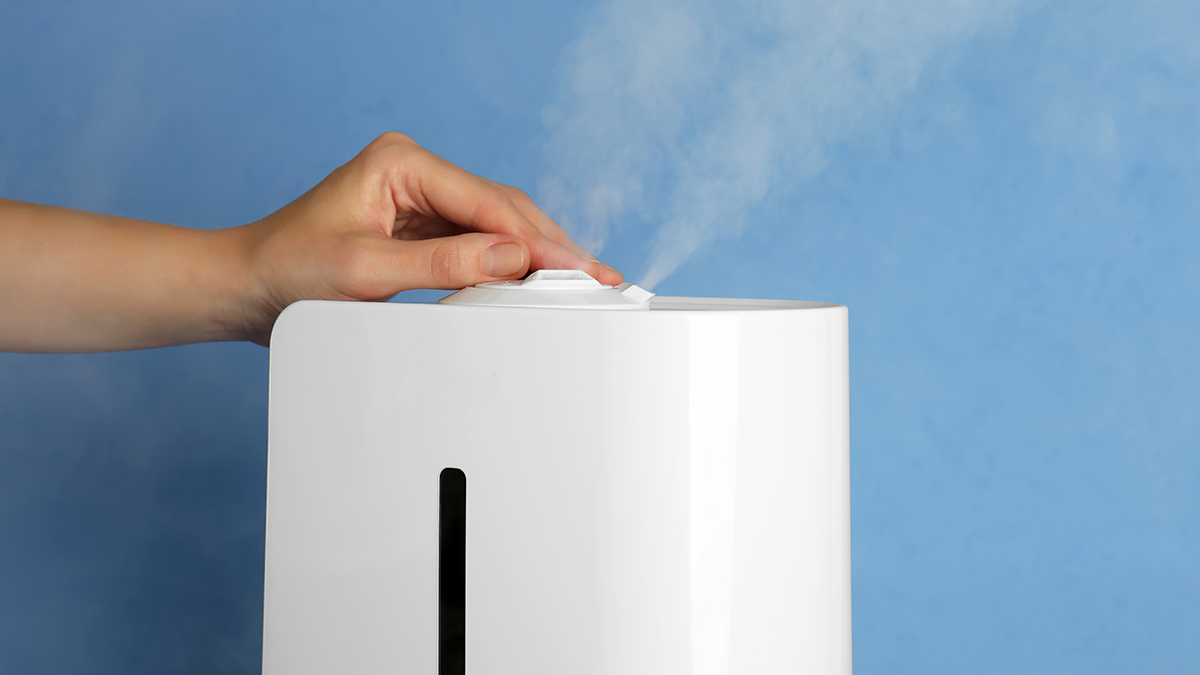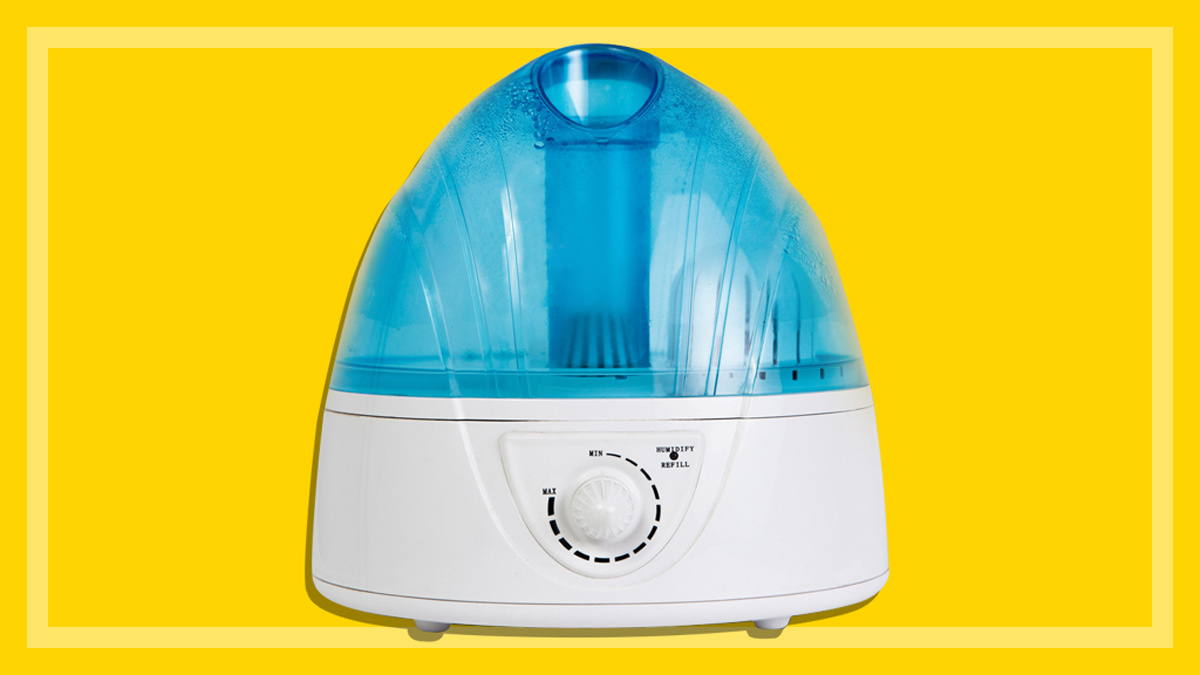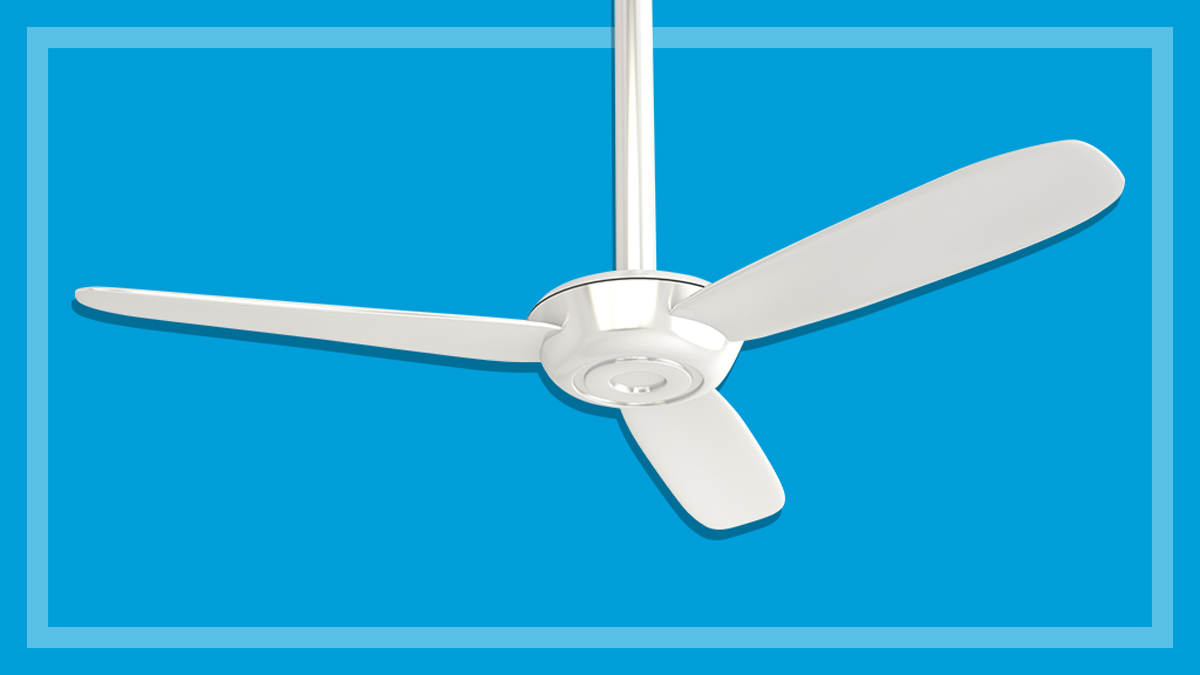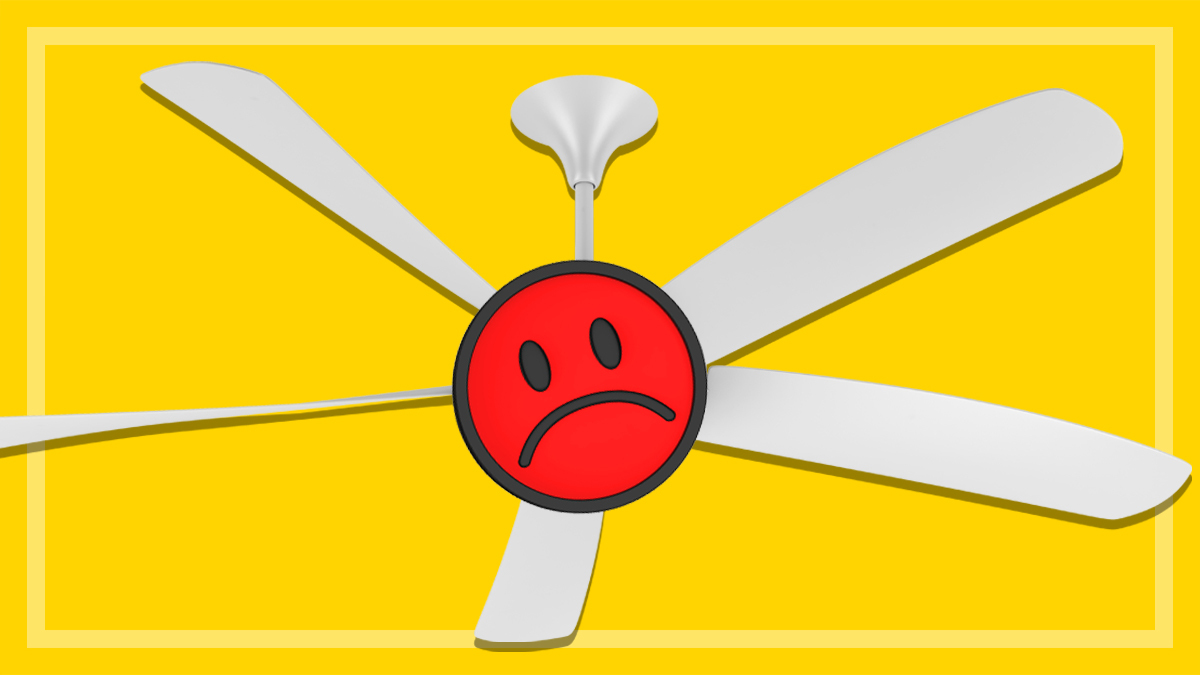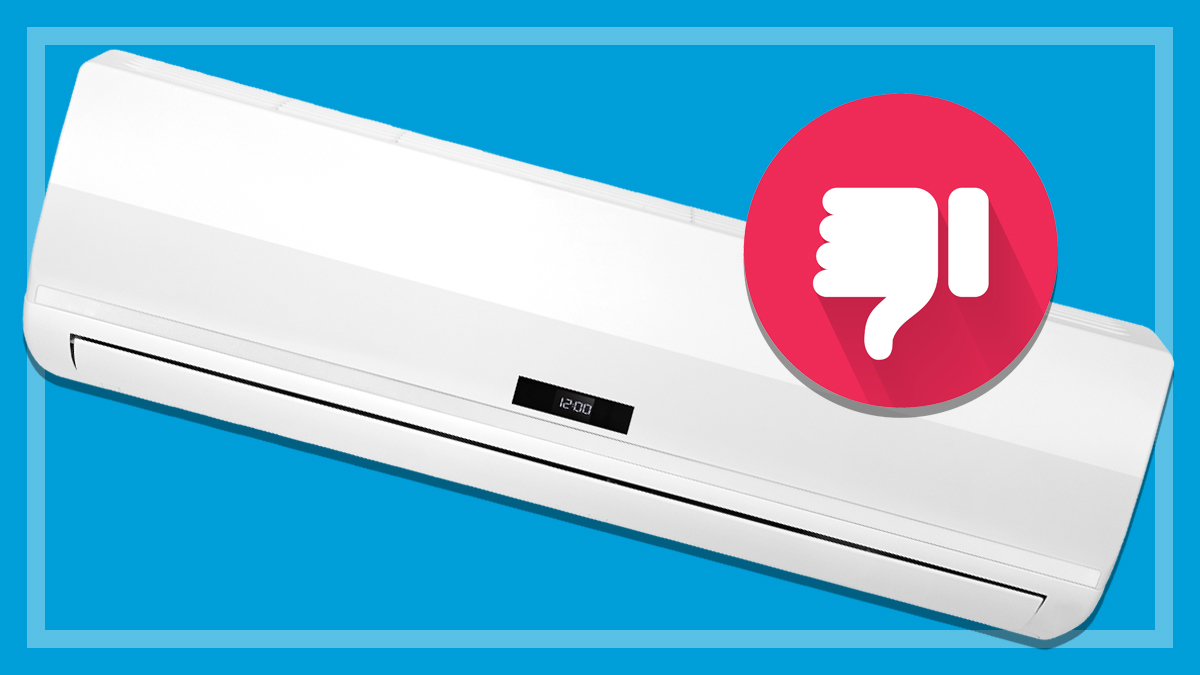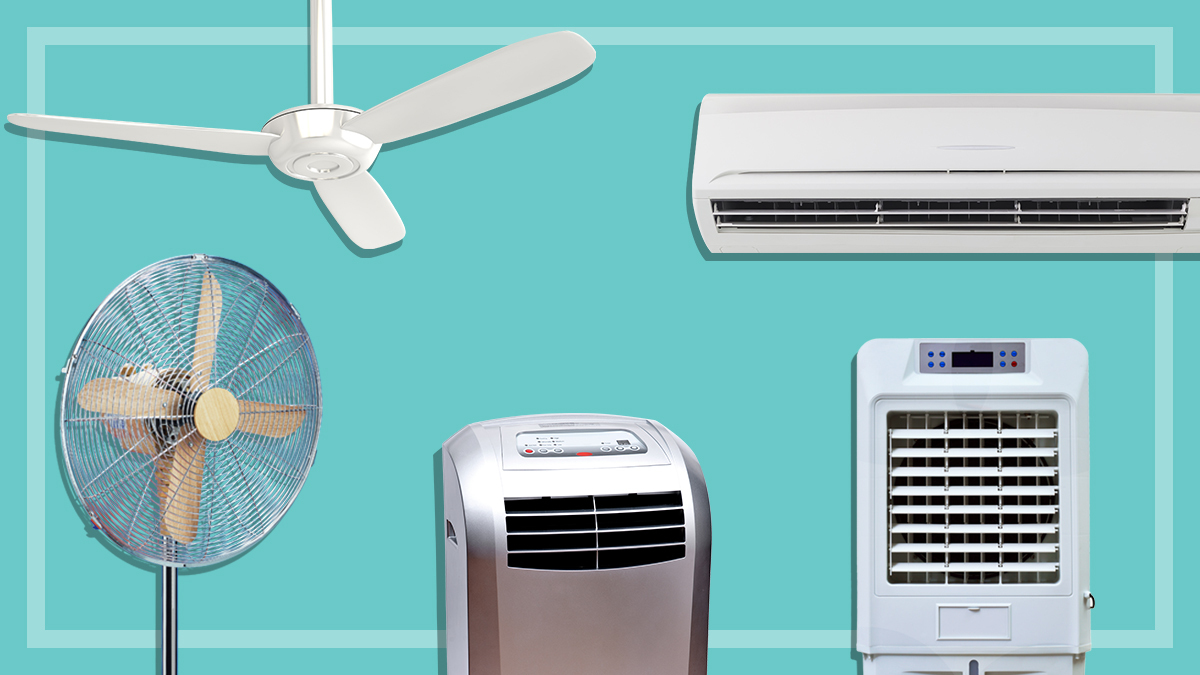How we test humidifiers
Here's how we assess humidifiers for moisture dispersion, energy efficiency and ease of use.
Last updated: 28 Apr 2022
If you feel your room is too dry and you want to add some moisture, then you may need a humidifier. But do they really live up to their claims? And how well do they help humidify the whole room rather than simply throwing steam straight up from the device?
On this page:
We lab test humidifiers to help you choose the best one for your needs. Here’s how we go about it.
Our expert testers
CHOICE maintains a highly professional NATA-accredited laboratory and the vast majority of our product testing is done in-house. However, some tests – including humidifiers – demand particular expertise and equipment that we don’t have, so in these cases we engage an accredited external lab to do the testing according to our requirements.
How we choose what we review
With so many humidifiers to choose from with different sizes and water capacities, what makes us choose one model to test over another? As with most of our product testing, our aim is to test the most popular models on the market and what you’re most likely to see in stores.
We survey manufacturers to find out about their range of humidifiers, we check market sales information and we also check for any member requests to test specific models. We then put together a final list that goes to our buyers, and they head out to the shops and buy each product, just like a regular person would. We do this so we can be sure the machines are the same as any consumer would find them and not ‘tweaked’ in any way for better performance.
How we test humidifiers
Humidification and energy efficiency
Humidifiers are run-in before testing by filling their tanks with water and running them on their highest setting until they have insufficient water to operate. During this process the tank capacity is measured and the test start weight for the capacity test is ascertained – the water tank is required to be half full at the start of the capacity test.
A climate-controlled test room is set up to maintain the appliance’s inlet air at an average temperature of 21°C (± 0.5°C) and average humidity of 30% (± 3%). These are measured with a calibrated humidity and temperature sensor set up 300mm from the air inlet of the appliance, at the same height as the appliance’s air inlet. A ceiling fan is then used to circulate air in the test room. In our most recent test, the average air velocity did not exceed 0.25 m/s within 910mm of the appliance during testing.
The appliance is filled with water to slightly above half full and is positioned on the test room scales and connected to a power meter. When the test room stabilises at the correct temperature and humidity, the appliance is turned on at its maximum humidification setting. The test starts when the appliance is half full (as determined by the test room scales) and continues for two hours, where water emitted per hour and power usage is determined.
Humidistat testing
Humidifiers with a humidistat are run with the humidistat set to a relative humidity of 50% with warm mist activated and at their highest mist volume, if these settings are available. Humidifiers without a humidistat are run at their highest setting. Humidity and temperature readings are recorded for two hours after the appliance is switched on and the data is used to determine the humidistat accuracy (humidistat available), final humidity (humidistat not available) and the spatial distribution of the humidity in the room.
Spatial variation
To help determine how well each humidifier disperses the moisture within the test room, 16 sensors are arranged evenly. A snapshot of the data is taken either at the end of the test (for units without humidistats) or at the peak of the last on-cycle (for units with humidistats). The variation is quantified as twice the standard deviation of the 16 humidity values.
Ease of use
The lab testers assess each model for ease of accessing and filling up the water tank, quality of instructions and labels, using the controls, mobility of the unit and how easy it is to clean it.
Noise
We measure the noise of the unit while it’s running (these results are comparative only – what you actually hear depends on the environment). Most measure around 40dB when on the highest setting with the quietest unit below 30dB, although the most noticeable aspect to these units would be the gurgling sounds of the water being dispersed.
Running costs
This is the approximate per hour cost of running the unit, and the electricity cost for the unit to disperse 1 litre of water. Various cost scenarios are calculated depending on whether you want to run the unit for a couple of hours or overnight while you sleep.
Test criteria explained
The overall score for humidifiers is made up of:
- humidity performance (40%)
- water output (30%)
- energy efficiency (20%)
- ease of use (10%).
Our test lab
Testing humidifiers requires a very specific laboratory, as described above. While CHOICE does have high quality thermal laboratories, we don’t have a lab suited to this particular testing – it would be very expensive to construct and maintain. So instead, when we review humidifiers we send them to a qualified external lab.
Related
Denis Gallagher is a Senior project officer for Digital home products and also works on test projects for the laundry and fridge labs. He produces tests for gadgets, phones, cameras and home entertainment gear as well as TVs, washing machines, dishwashers and fridges.
Previously at CHOICE, Denis worked as a Content producer for digital products. Prior to CHOICE, Denis worked as an Assistant editor on Golf Australia magazine and Editor for Multimedia and Videocamera magazine.
Denis has a Bachelor of Arts from the University of New South Wales and a Diploma of Journalism from Macleay College. LinkedIn
Denis Gallagher is a Senior project officer for Digital home products and also works on test projects for the laundry and fridge labs. He produces tests for gadgets, phones, cameras and home entertainment gear as well as TVs, washing machines, dishwashers and fridges.
Previously at CHOICE, Denis worked as a Content producer for digital products. Prior to CHOICE, Denis worked as an Assistant editor on Golf Australia magazine and Editor for Multimedia and Videocamera magazine.
Denis has a Bachelor of Arts from the University of New South Wales and a Diploma of Journalism from Macleay College. LinkedIn

